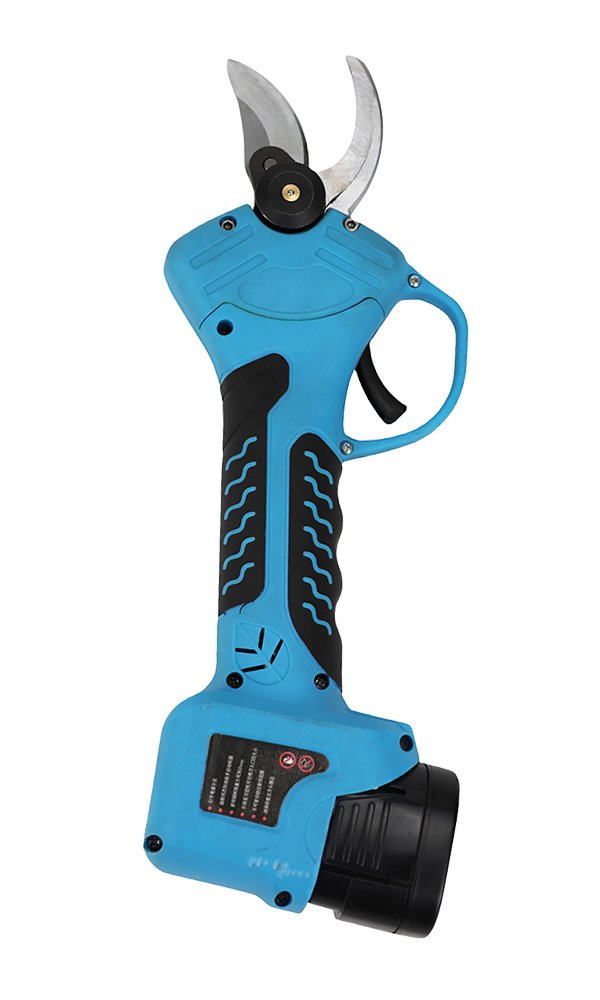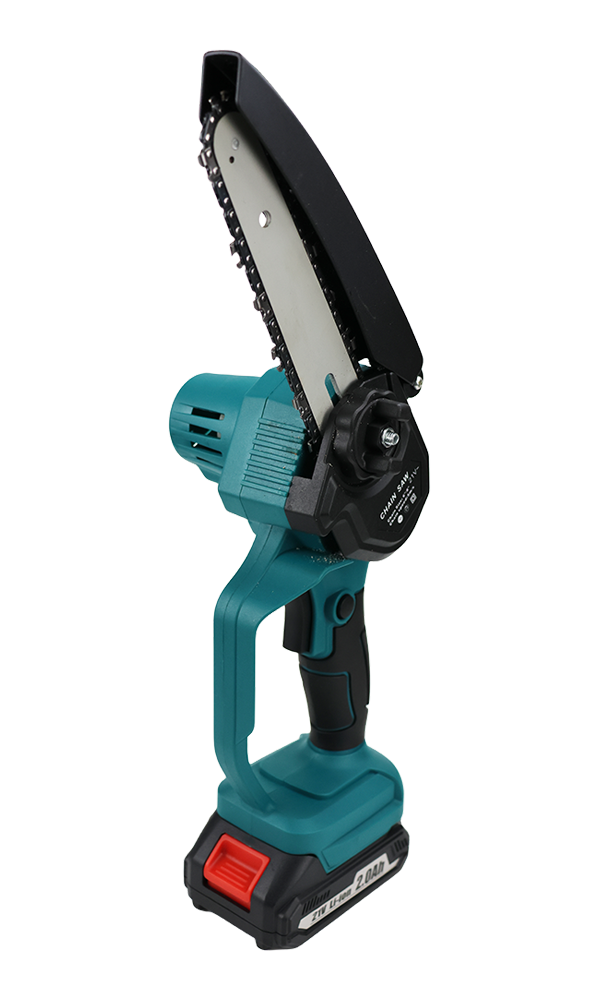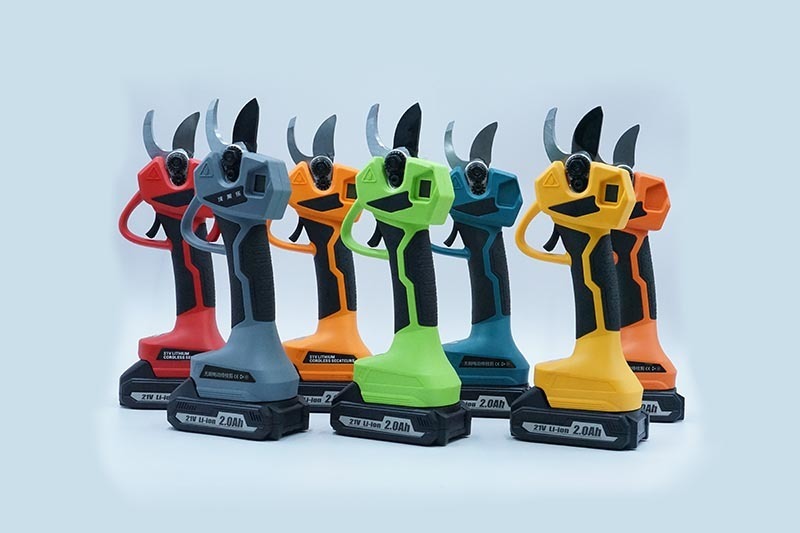NEWS
May 31,2025
The Cutting Edge: Your Ultimate Guide to Maintaining and Sharpening Household Chainsaws
The Cutting Edge: Your Ultimate Guide to Maintaining and Sharpening Household Chainsaws
Table of Contents
- 1. Introduction to Chainsaw Maintenance
- 2. Understanding Chainsaws: Anatomy and Functionality
- 3. The Importance of Regular Maintenance
- 4. Essential Tools for Chainsaw Maintenance
- 5. Step-by-Step Guide to Sharpening Your Chainsaw
- 6. Comprehensive Maintenance Tips for Your Chainsaw
- 7. Safety Considerations When Using a Chainsaw
- 8. Troubleshooting Common Chainsaw Issues
- 9. Frequently Asked Questions
- 10. Conclusion
1. Introduction to Chainsaw Maintenance
Owning a household chainsaw is a significant investment in your home and garden maintenance toolkit. However, to ensure it operates at peak efficiency, regular maintenance and sharpening are crucial. This guide delves into effective methods to maintain and sharpen your chainsaw, ensuring its longevity and performance.
2. Understanding Chainsaws: Anatomy and Functionality
Chainsaws are sophisticated tools designed for cutting through wood with ease. Understanding their anatomy can significantly aid in effective maintenance. Key components include:
2.1 Chainsaw Bar
The bar is the long metal part where the chain runs. It determines the depth of your cut.
2.2 Chainsaw Chain
The chain is made up of multiple links that contain sharp teeth. This is the primary cutting mechanism.
2.3 Engine
Chainsaws can be electric or gas-powered, with each type having unique maintenance requirements.
2.4 Safety Features
Modern chainsaws come equipped with several safety features, including chain brakes and throttle locks.
Understanding these components will help you identify maintenance needs and troubleshoot issues effectively.
3. The Importance of Regular Maintenance
Regular maintenance is essential for several reasons:
3.1 Enhances Performance
A well-maintained chainsaw cuts more efficiently, saving time and energy.
3.2 Extends Lifespan
Routine care can significantly extend the lifespan of your chainsaw, saving you money in the long run.
3.3 Ensures Safety
A poorly maintained chainsaw can become a safety hazard. Regular checks help prevent accidents.
4. Essential Tools for Chainsaw Maintenance
To effectively maintain and sharpen your chainsaw, you will need the following tools:
4.1 Chainsaw File
A round file is essential for sharpening the chain. Different sizes may be required depending on your chain's specifications.
4.2 Depth Gauge Tool
This tool helps set the correct depth of your chain's teeth, ensuring optimal cutting performance.
4.3 Wrench Set
A set of wrenches will help you in adjusting and tightening various parts of your chainsaw.
4.4 Cleaning Brushes
Keeping your chainsaw clean is vital. Use brushes to remove debris from the chain and bar.
4.5 Safety Gear
Always wear protective gloves, goggles, and ear protection when maintaining or operating your chainsaw.
5. Step-by-Step Guide to Sharpening Your Chainsaw
Sharpening your chainsaw is a straightforward process. Follow these steps to restore the cutting edge:
5.1 Prepare Your Workspace
Ensure your workspace is clean and well-lit. Lay out all necessary tools within reach.
5.2 Inspect the Chain
Before sharpening, examine the chain for any broken or damaged links. Replace as necessary.
5.3 Secure the Chainsaw
Clamp the chainsaw in a vise or a secure surface to prevent movement during sharpening.
5.4 Sharpen Each Tooth
Using the round file, sharpen each tooth at the correct angle. Aim for a consistent angle across all teeth, generally around 30 degrees.
5.5 Use the Depth Gauge Tool
After sharpening, verify the depth of the teeth using the depth gauge tool. Adjust as necessary.
5.6 Clean Up
Remove any filings and debris after sharpening. Ensuring a clean chainsaw helps maintain its condition.
6. Comprehensive Maintenance Tips for Your Chainsaw
In addition to regular sharpening, follow these maintenance tips to keep your chainsaw in top shape:
6.1 Regular Cleaning
After each use, wipe down the chainsaw and remove any sawdust or debris.
6.2 Check the Chain Tension
Ensure the chain is properly tensioned. A loose chain can cause accidents, while an overly tight chain can damage the saw.
6.3 Lubricate the Chain
Regularly lubricate the chain to reduce friction and wear. Use high-quality bar oil for best results.
6.4 Inspect the Air Filter
For gas chainsaws, check and clean the air filter regularly to ensure optimal performance.
6.5 Store Properly
If not in use, store your chainsaw in a dry place, preferably in a protective case to prevent dust accumulation.
7. Safety Considerations When Using a Chainsaw
Safety should always be your priority when using a chainsaw. Here are essential safety considerations:
7.1 Wear Protective Gear
Always wear goggles, gloves, and protective clothing to shield yourself from debris.
7.2 Maintain a Safe Workspace
Ensure your work area is clear of obstacles. Look out for potential hazards, like overhead branches.
7.3 Follow Operational Guidelines
Always refer to the manufacturer’s manual for operation and maintenance guidelines specific to your chainsaw model.
7.4 Be Aware of Surroundings
When cutting, be aware of your surroundings to avoid accidents with people, pets, or property.
8. Troubleshooting Common Chainsaw Issues
Even with regular maintenance, chainsaws can experience issues. Here are common problems and their solutions:
8.1 Power Loss
If your chainsaw loses power, check the spark plug and air filter. Clean or replace them as necessary.
8.2 Chain Not Spinning
If the chain is not spinning, inspect the brake and ensure it is disengaged. Also, examine the chain tension.
8.3 Excessive Vibration
Excessive vibration could indicate an unbalanced chain or bar. Check for wear and consider replacing parts.
8.4 Overheating
If your chainsaw overheats, it may be due to insufficient lubrication. Ensure the oil reservoir is filled and the chain is properly oiled.
9. Frequently Asked Questions
9.1 How often should I sharpen my chainsaw?
Sharpen your chainsaw after every 3-5 hours of cutting, or when you notice a decrease in performance.
9.2 Can I use a regular file to sharpen my chainsaw?
A round file specifically designed for chainsaw sharpening will yield better results than a regular file.
9.3 How do I know when to replace my chainsaw chain?
Replace the chain if it is excessively worn, has broken links, or shows signs of serious damage.
9.4 Is it better to sharpen my chainsaw myself or take it to a professional?
While sharpening it yourself can save time and money, a professional service may be beneficial if you are unsure.
9.5 How can I prevent my chainsaw from rusting?
Keep your chainsaw dry, clean, and well-lubricated. Store it in a moisture-free environment to prevent rust.
10. Conclusion
In summary, maintaining and sharpening your household chainsaw is vital for optimal performance, longevity, and safety. By following the steps outlined in this guide, you can ensure that your chainsaw remains a reliable tool in your arsenal for home and garden projects. Regular maintenance not only enhances efficiency but also safeguards against potential hazards, providing peace of mind every time you operate your chainsaw.
Latest News
Mar 13,2024






